I left my previous place in the city, where the lot was 1/5 acre, most of which was occupied by the house I'd grown up and lived in most of my life. It was there that I developed an interest in gardening.
When I moved from there, I searched until my RE agent had grown frustrated with me - I had so many specifics I was looking for; no HOA, not in a subdivision, some type of water on the property, not a scraped lot, existing trees (big ones), some distance from the neighbors. When I found this place, I knew it had a lot of potential. I got lucky. It seems I got everything I was looking for and more.
There's a saying though, "Be careful what you wish for." :) Don't get me wrong; I love this place and don't plan on leaving, at least not anytime soon, and not of my own free will. So what's the problem? I see so much potential that I'm afraid to mess it up. I don't know where to start. It's a very strange feeling. It's almost like the potential represents more to me than the eventual garden it could be...
I pretty much want to just embellish what's there; add some evergreens because it gets pretty ugly and barren in the winter. I'd like to add some flowering that isn't weeds, that is, add some flowering trees and shrubs, but not a fussy cottage style garden or beds (I don't have the time for dealing with massive showy flowers which mean a lot of work). I don't want to rip out lots of trees (though ripping out some weedy vines like blackberry, muscadine, etc. is on the agenda), or add a lot of hardscape (though some simple paths and a set of stairs will go in).
I want a retreat, like a nature park or a walk in the woods. I also want a safe haven for the wildlife because too much of this area has been stolen from them already. I need a small shed, and plants that will deter the agressive weedy stuff from growing back so quickly once I've rid the place of it.
I am going to hire a designer for consultation, not necessarily for a drawn plan, but for expertise and guidance. I thought I would post it to see if any of you have any comments, concerns, or suggestions that will help me to consolidate my thoughts.
Here is a plan of the existing property. The property line, drawn in red, is taken from the survey. The total is about 1-3/4 acres, but probably about 3/4 is in the lake - hey, someone's got to own it, and it lets me dream about building an anchored floating island with a gazebo on it. LOL.
Behind it is a faded down satellite view, which doesn't seem to match up exactly (camera distortion?), but close enough to give an idea of where the trees are. Makes it seem a little more real, right? I've drawn in the house from my own measurements, driveway, and some features I thought should be noted. On the light gray grid, each square is equal to a square yard.
{{gwi:27798}}
I'm not concerned about "curb appeal." The front of the house is mostly obscured by trees for people passing by. The house is downhill from the street, and people drive by pretty fast, most people don't really see the house. I do, however, want it to look nice for my visitors, once they arrive.
This is a photo from January 2007, taken from the road in winter when all the green is gone. There are more trees between the road and the fence now. Some stuff has changed, and everything else has grown since then.
{{gwi:27799}}
The walkway to the front door is the builder's standard narrow concete walkway, but the only people who come to the front door are workers or Jehovah's Witnesses. My friends all come to the back because it's closer to where they park. (I had a potential burgler come to the front door AND the back door, but I met him in the kitchen, me with weapon in hand, before he could get in the back door, and he ran off.) Anyway, I am not overly concerned about the narrow front walkway as something to change immediately.
Something that is more of an immediate concern is a set of stairs from the house level to the lake level. It needs to be natural looking, but also not break the bank. The hill seems to be made of a lot of rocks with red clay between them, so it will probably not be easy to dig into. I was considering a set of wooden stairs that kind of "float" above the hill, but also considering slab stone steps.
View down the hill; the bare area is the natural path taken by me, and by the geese and ducks when they come up to see me (and beg for corn):
{{gwi:27800}}
Up the hill:
{{gwi:27801}}
What I think the hill is made of:
{{gwi:27802}}
There is also this interesting area, where the sewer pipe runs out to the road, which I have jokingly referred to as the "tractor trailer parking space". The land slopes away from it on both sides. This may be the right spot for the shed, down at the far end. Here is a photo in the winter, so you can see it more clearly:
{{gwi:27803}}
And in spring, so you can see how pretty it has the potential to be:
{{gwi:27804}}
A view from it, back toward the house:
{{gwi:27805}}
Another area I feel has potential is this boggy or marshy area, which is pretty ugly in the winter as it is:
{{gwi:27806}}
but looks nice in the spring (on the lower right, if you look closely, you can see the handiwork of the new resident beaver who's been helping me by taking down the weedy pine trees that have planted themselves too close to the house):
{{gwi:27807}}
And a look into the wooded area at the end of the driveway:
{{gwi:27808}}
and one of its residents (she and her friends are planting oaks to replace the pines the beaver takes down, lol):
{{gwi:27809}}
I have a lot of photos and, to avoid cluttering up the post and showing a bunch of things people may or may not be interested in, I'll not post all of them in the thread, but link to the sets:
House, Lake, and Yard - January 2007
May 1, 2011
In the first set, this plan view is keyed to show the angles from which the photos are taken:
{{gwi:27797}}
Feel free to post any in here you want to comment on, discuss, or want more information about. I look forward to hearing anything, whether it's good or bad. For all I know, everyone will say, "What a mess! What is she thinking??" I'm thinking.... "Potential is my favorite word." :)
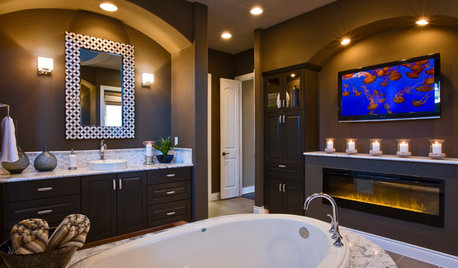

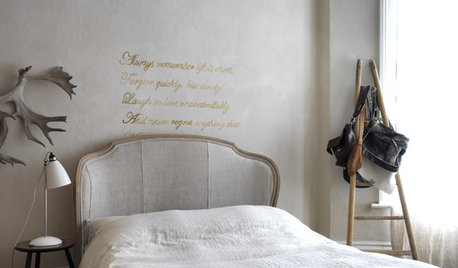
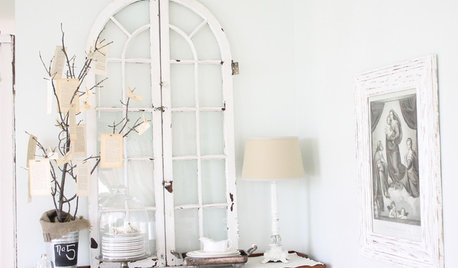


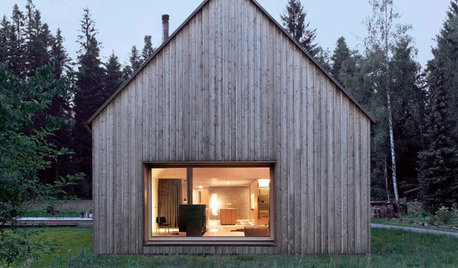
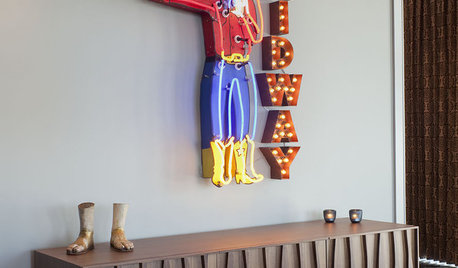
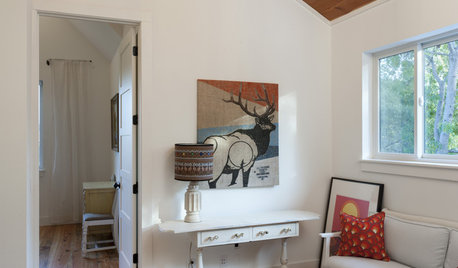
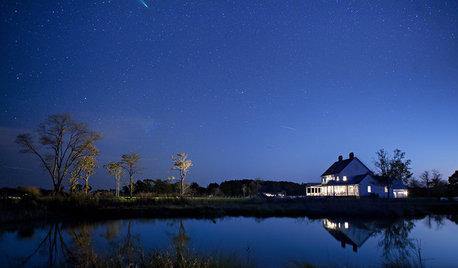






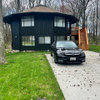

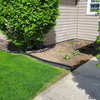
nandina
drtygrl
Related Professionals
Marina Landscape Architects & Landscape Designers · Milford Landscape Contractors · Apollo Beach Landscape Contractors · Barrington Landscape Contractors · Braintree Landscape Contractors · Estelle Landscape Contractors · Lancaster Landscape Contractors · Natick Landscape Contractors · Braintree Decks, Patios & Outdoor Enclosures · Fullerton Decks, Patios & Outdoor Enclosures · Gastonia Decks, Patios & Outdoor Enclosures · High Point Decks, Patios & Outdoor Enclosures · Kissimmee Decks, Patios & Outdoor Enclosures · Rocklin Swimming Pool Builders · Weatherford Swimming Pool BuildersAncientDragonflyOriginal Author
bahia
lpinkmountain
AncientDragonflyOriginal Author
missingtheobvious
AncientDragonflyOriginal Author